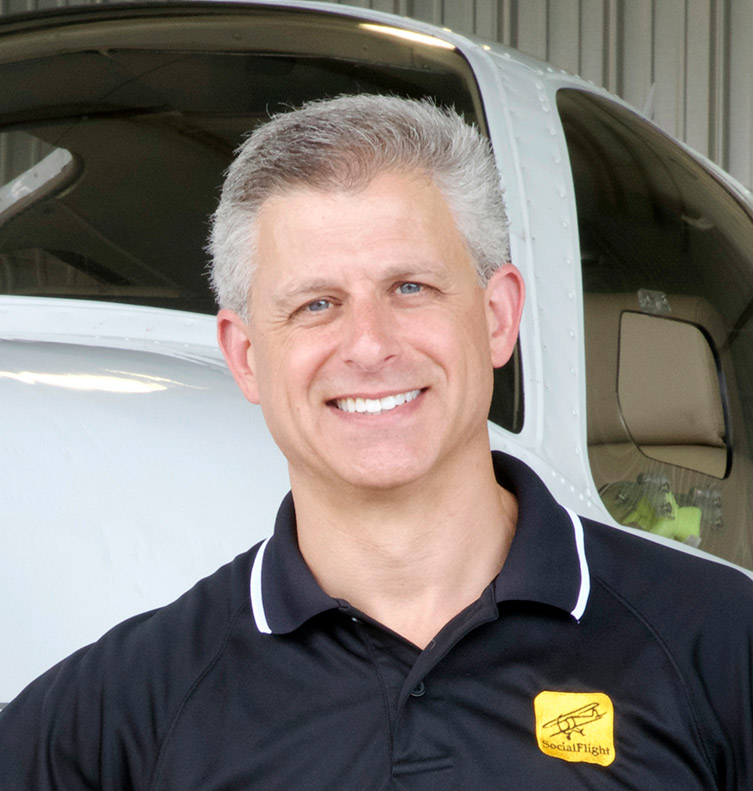Aircraft Maintenance: Door and window safety
Doors and windows popping open in flight account for a surprising number of aircraft accidents. Much has been written about coping with these deadly distractions, but we also need to improve door and window maintenance to help prevent these issues from happening in the first place.
I was at my hangar the other day when a neighbor taxied out for a training flight, only to return a short time later after a single lap in the pattern. The window had unexpectedly come open as a result of the latch coming apart, following the loss of the roll pin that secured it. The surprise opening of the window on rotation, and the inability to quickly close and re-latch it, could have easily become another aviation accident statistic, but the pilot did an excellent job of remaining composed and returning to the airport in a calm and collected manner. Other recent incidents have not ended as well. As of this writing, there have been at least four crashes in 2025 following a door, baggage door, or window opening in flight.
Aircraft door designs on the average, nonpressurized GA aircraft are lacking, to say the least. Some designs are better than others, but all seem to be some form of afterthought in the overall design of the aircraft. Add years of wear and tear, and a few instances of wind whipping an unsecured door open to the stops, and the result is a poorly fitting door in the best of circumstances. This is why it is so important to proactively maintain and adjust the latching and hinge mechanisms on all doors and windows. These are some of the highest wear components on the aircraft, and it is inevitable that critical parts will require replacement on a fairly regular basis.
Proper inspection begins with the hinges. Aircraft cabin doors are generally constructed using two forward hinges that should be inspected for security, movement, and alignment. Begin by opening the door a few inches and gently lifting the rear edge of the door. There should be little to no vertical movement of the door in its hinges. If you find significant play, the hinge or hinge bolts may need to be replaced. The hinges must be tight before you begin the alignment process.
Next, bring the door to a nearly closed position, just prior to engaging the latching mechanism. Examine the alignment of the door to its frame and adjust the hinges as necessary to bring the door into alignment. If the door has been bent due to wind damage, it may require more substantial repair to fit properly. While a door repair can be a significant investment, it should not be dismissed as only a cosmetic issue. Bent doors rarely function well and pilots should expect more from their primary means of entry and exit.
With the door in alignment, it’s time to focus on the latching mechanism. Before evaluating the latching mechanism, lubricate the hinges and latches per the aircraft maintenance manual. You might be surprised how effective the simple act of adding lubrication is to the smooth operation of the mechanism. Given the operating environment of most aircraft, it is completely insufficient to defer aircraft door lubrication to an annual inspection task. Instead, it should be added to the calendar as a monthly maintenance task.
When it comes to door operation, pilots seem to be taught from the earliest days of flight training that aircraft doors must be slammed in order to latch properly. However, a properly adjusted door should never require more than a firm pull to close to the first stage of latching. If you need to pull with more than two fingers to get the door into place, something needs repair or adjustment. With the first stage complete, move the latching handle(s) into the locked position. This should be a smooth operation that allows you to feel an increasing resistance, followed by a decreasing resistance as the latch moves into its final position. This last part is extremely critical.
Aircraft latches are designed to be “over-center” mechanisms. The basic principle of an over-center linkage or mechanism is that the force required to actuate the linkage increases as it approaches the point of over-center, and then decreases as it passes this point, creating a self-locking mechanism. When properly adjusted, an aircraft latch should resist opening because it requires more force to move toward the unlatched position than remain in the latched position. This is something you should be able to feel and verify every time you latch your doors. If it suddenly feels like a force that only increases, cancel the flight until you resolve the issue.
These same principles apply to window latches and hinges. Every latch should be secure and stable in its closed and locked position without excessive play or risk of releasing. The piano hinges commonly used in windows and baggage doors must also be secure and not have excessive play. When in doubt, consult your mechanic and the aircraft maintenance manual.
Properly aligned and functioning aircraft doors and windows are not only more likely to remain secure in flight, they may be your only escape path in the event of an emergency. Give them the attention they deserve and they may well save your life one day. Until next time, I hope you and your families remain safe and healthy, and I wish you blue skies.



